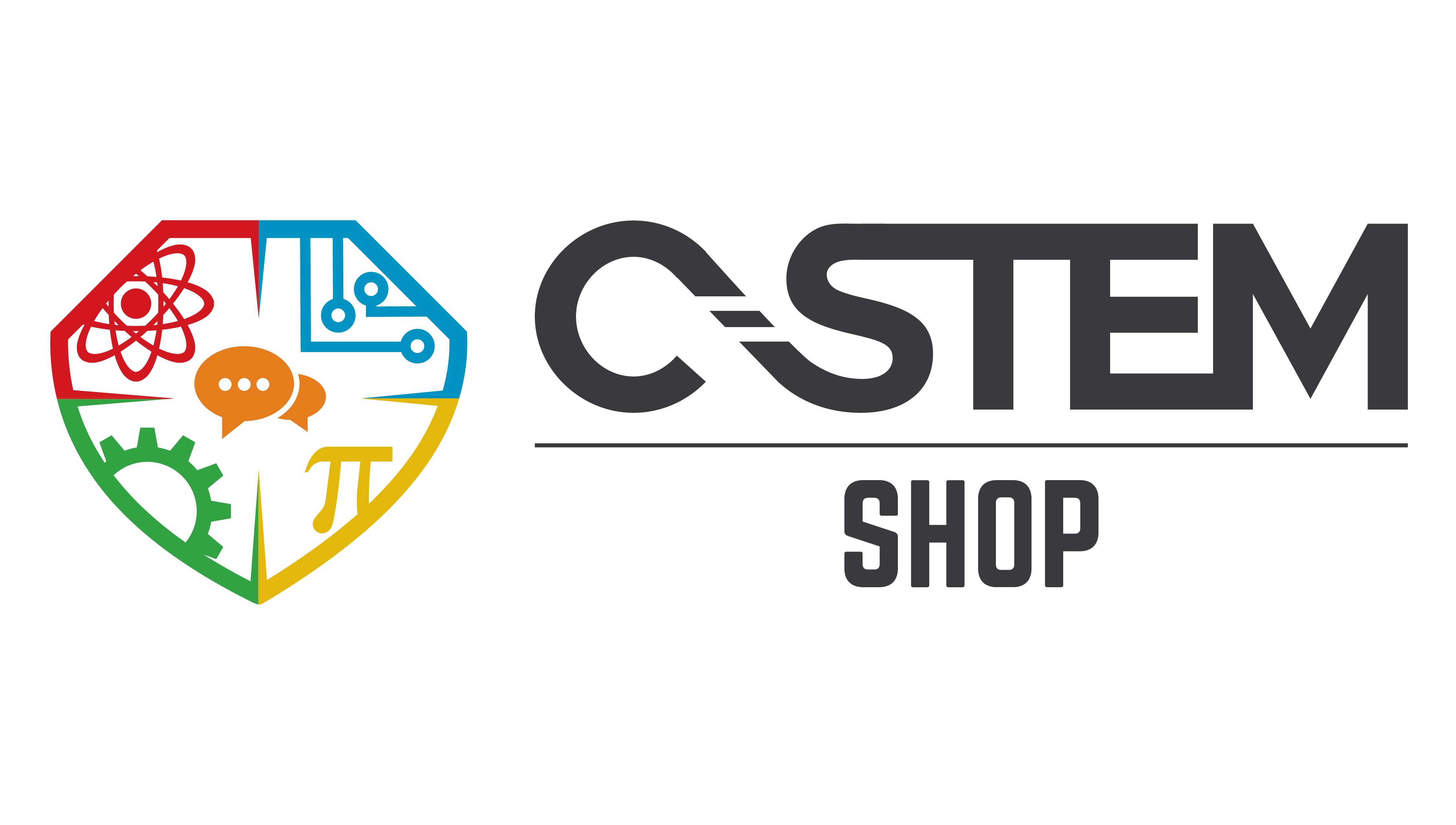Written by: Reagan Flowers, PhD
It’s a new year, and even more importantly, a new administration has stepped in. Following drops across the board in enrollment in 2020 — from Kindergarten to college — it’s time to take a serious look at the opportunity to improve education for the future, especially concerning STEM for economically disadvantaged students.
Learning gaps and disparities were a significant concern before COVID-19. The pandemic has taken these extremes to new levels. It has also created new issues, like delayed elementary school enrollment and disengagement amongst those who do not learn well in a remote environment. On the other hand, education during the pandemic has spotlighted just how deep the imbalances in education run. In most cases, a student from an impoverished area does not have the same resources, technology, or support at school or home that a student from a higher-income neighborhood.
We hope for change this year, with a new president and nearly a year of life impacted by COVID-19. Now is the time for our government to take a hard look at education and how we can make significant changes in a short time.
Early Learning in a New Administration
Of course, as a STEM advocate, I agree that the government needs to make decisions based on data. By looking at the learning gaps that currently exist and lining those up with what was lacking, they can start investing at the early education level to correct course before education gaps begin to develop and eventually widen. Re-visiting learning gaps could include a wide variety of items, including curriculum updates, equipment needs, educator training, after-school and summer programs, and more. The data should dictate the most important things to address first.
Remote and blended learning needs to be considered among these studies. There could be benefits for some students at the junior high or high school level with these models. Specifically, it prepares them better for online college programs. However, at the Kindergarten – fourth-grade level, the current systems cannot set students up to succeed. We hope it never gets as bad as it was at the beginning of the pandemic, but we have to do some contingency planning in case it does.
Higher Education Developments
We’ve also seen how much lower-income students struggle at the college level. There is a little good news, though, with a new bill that passed last month. The bill has increased the maximum amount available for a Pell grant, simplified the federal application for financial aid (FAFSA), and offers food assistance to low-income college students during the pandemic.
Again, data is necessary. We need to know where Black, female and impoverished students are struggling in STEM in college. Only then can the government determine where they need to invest more resources to help these students.
Small Steps Forward
He’s been in office just days, but President Biden has taken steps toward improving education. Just last week, he announced his plan to reopen schools. In fact, he did it on his first full day in office. Just the fact that the new administration sees how crucial taking action in education is inspires hope and confidence.
The plan includes improving internet connectivity, which has been a struggle for many students. This effort, coupled with increased funding, can help underserved and impoverished students now and far beyond the pandemic.
Biden has also committed to accelerating testing and access to the vaccine. Educators are essential workers, exposed to hundreds of students each day. Even with precautions, schools have continued to be hotspots for the COVID-19 virus. These outbreaks are why we’ve seen schools resume remote learning after reopening.
Finally, funds will also go toward keeping struggling colleges open and helping forgive student debt. Additional funds are especially crucial for Black students, who have historically had higher default rates and lower rates of paying them back.
We have a long way to go to regain what we’ve lost because of the pandemic. It is paramount that we improve education beyond what it was before the world’s new normal. However, on the government side, the future looks promising. Time will tell, but for now, we must all remain focused and keep doing our part to create a healthy and productive environment for all students.


